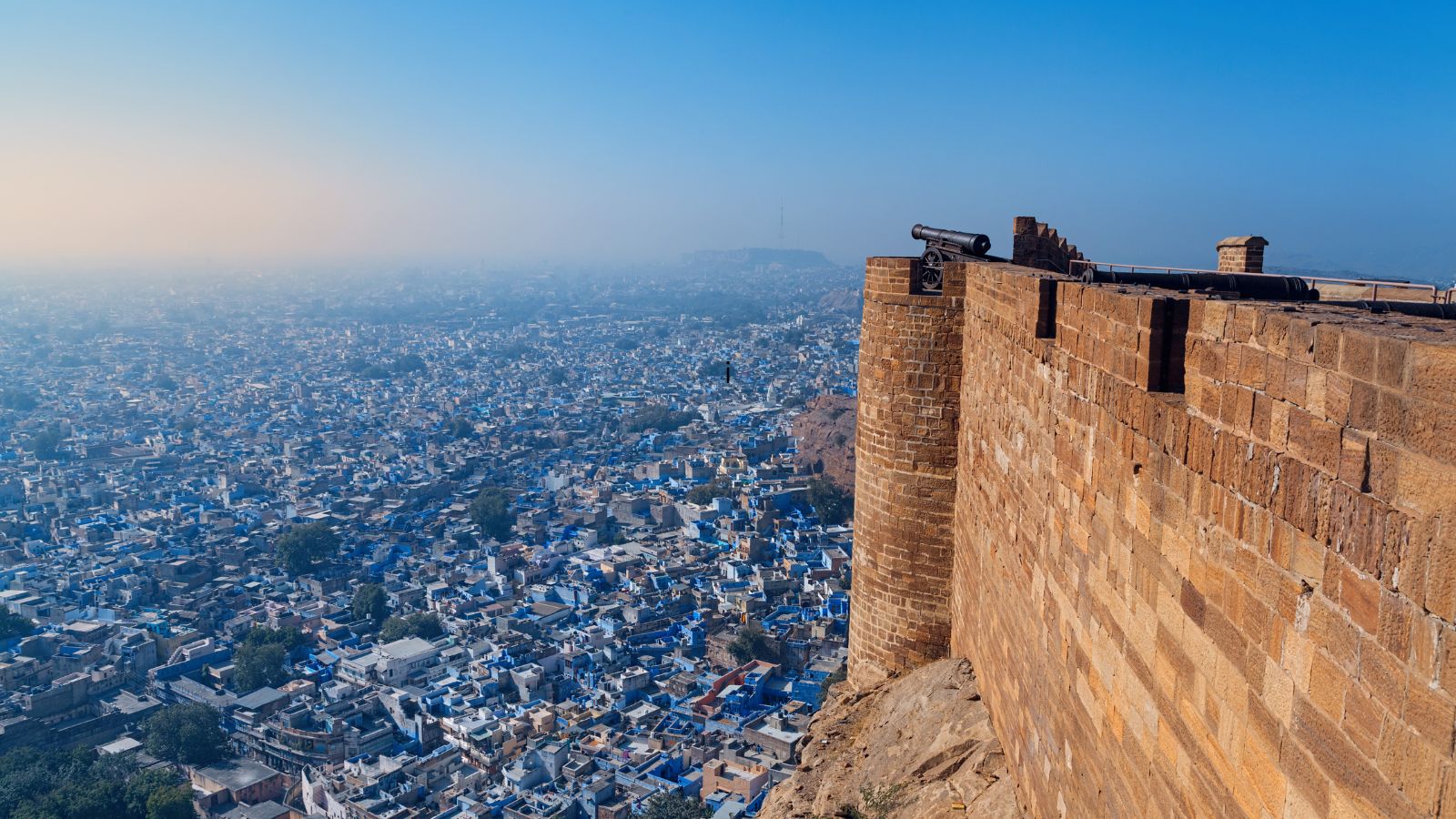Jodhpur, Rajasthan’s second-largest city, is known as the “Blue City” for the cluster of azure houses surrounding the 15th-century Mehrangarh Fort. The custom began with the Brahmin community, who painted their homes blue to signify status and align with the divine associations of the colour in Hinduism, linked to deities such as Shiva and Vishnu. Indigo pigment was once expensive and symbolic of prestige, but as it became more accessible, the tradition spread to non-Brahmin residents, creating a unified cityscape.
Several practical and cultural reasons underpin this choice of blue. The blue pigment, originally derived from indigo and later often combined with copper sulfate and limestone in limewash, helps deter termites and other insects common in the region. Moreover, the limewash reflects sunlight, aiding in keeping interiors cooler amid Jodhpur’s intense heat. In Hindu culture, blue signifies the infinite, adding spiritual meaning to the color. Additionally, the soothing blue tones are believed to provide psychological relief from the desert climate.
From the ramparts of Mehrangarh Fort, the old city presents a spectacular view resembling a sea of blue houses set against the arid landscape of the Thar Desert. This striking visual has become a symbol of Jodhpur’s cultural identity, attracting photographers, historians, and travelers eager to witness this unique living tradition.



